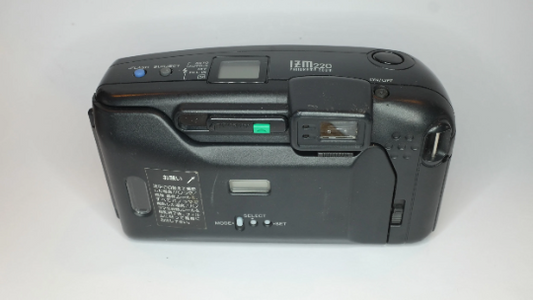Need help choosing a film camera ?
Why choose Classic Cameras ?
-
Quality cameras
With experience covering hundreds of cameras, we know how to evaluate and repair vintage cameras to give years of happy photography.
-
Fully Guaranteed
We back the quality of our products with a full 45-day warranty on all cameras. Plus, 14-day returns for change-of-mind
-
Our Passion
Since purchasing our first rangefinder camera over 40 years ago, we have extensive experience in using and restoring these wonderful cameras. We love what we do and want to share the passion with our customers.
Why buy a film camera ?
There are several good reasons to choose a film camera:
Image quality: film photos have a unique, timeless quality that cannot be replicated digitally. This is due to film being used to store each image rather than an electronic sensor.
Creative control: Film cameras often offer more manual controls, allowing the photographer to have more control over the final image. This makes film photography truly satisfying and enjoyable.
Nostalgia: Film cameras are a great reminder of recent decades, and an excellent way to connect with the past or create a more vintage look in photographs. They are also a really cool accessory to carry, and sure to start many interesting conversations.
Slow down the process: Using a film camera can be a more deliberate and thoughtful process, as you have to carefully consider each shot and can't just snap hundreds of pictures in a row. This makes both photography more fun, and also gives great satisfaction when looking at the photos later. You will cherish the time you took to take each photo.
Collectability: Many film cameras are considered collectible and may increase in value over time.
What is a film camera ?
A film camera is a type of camera that uses physical film to record images. Film cameras were the most common type of camera for many years and are increasingly being used again by many photographers today.
In a film camera, light enters the camera through the lens and is focused onto the film, which is a light-sensitive material made of plastic or paper. The film is coated with a light-sensitive chemical emulsion that is activated when it is exposed to light. When the film is developed, the chemicals in the emulsion react to create a visible image.
Film cameras come in a range of sizes and styles, including compact point-and-shoot cameras, SLRs, half-fram, medium format cameras, and large format cameras. Some film cameras are fully manual, requiring the photographer to adjust settings such as aperture and shutter speed manually, while others have automatic or semi-automatic controls.
While digital cameras have become more common in recent years, many photographers still prefer film cameras for their distinct aesthetic and the creative control they offer.
Types of film camera
There are a huge variety of film cameras available, and we choose to arrange them in the categories below. Note that all of these categories use widely available ‘35mm’ film, with the exception of Medium Format cameras which use larger ‘120’ film:
Point and shoot - the easiest to use - you just point the camera then press the button to take a photo. Generally they focus automatically (‘autofocus’) and have a built-in flash so you can use them in all conditions.
Pros: easy to use
Cons: less creative control than other types. Other types also generally can take better quality photos
Retro compact - predecessors to modern point-and-shoot cameras that are slightly less automated (you need to focus manually), but often have a built-in flash.
Pros: easy to use, but with a little more creative control than point-and-shoot. Cool 1980s styling.
Cons: Quality similar to point-and-shoot cameras
Half frame - use the same 35mm film as most other film cameras, but take smaller images on the film so that you get twice as many photos from the film. (i.e. you get 48 photos from a 24-exposure 35mm film). Generally the smallest type of film camera, a range of types are available, including some with rangefinder focusing, and automatic or manual exposure control.
Pros: small and light to carry, and cheaper to use as you get twice as many pictures from each film
Cons: since a smaller area of film is used for each photo, quality will be reduced a little as you enlarge the photo (compared to regular ‘full-frame’ 35mm photos).
Rangefinder - cameras with the ‘rangefinder’ focusing system that helps you to focus the lens quickly and accurately. These were top-quality consumer cameras of the 1960s and 1970s, so generally take excellent quality photos. A range of models available, from very automatic to completely manual. Some beautiful and classic cameras of this genre.
Pros: Rangefinder focusing is fast and accurate. Good quality lenses
Cons: No ability to change lenses, and no zoom lens.
SLR - SLR stands for ‘single-lens-reflex’ which means a camera where you actually look through the same lens that is used to take the photo. In the other cameras above you look through a separate ‘viewfinder’ separate to the lens. This means that you can see exactly what the photo will look like, and whether the lens is in focus.
SLR cameras are also notable as you can change the lens, so you can switch to a telephoto lens that brings things closer, or a wide angle lens that captures a very wide view of your subject. You can also use a zoom lens that allows you to get closer / further away using just one lens.
SLRs are larger and heavier than the above types of camera, but make up for that through sheer flexibility and capability.
All major camera manufacturers made SLRs, and with them a massive range of accessories, so you can gradually expand your system.
Like other types of camera, SLRs can be either fully manual (where you have total creative control, and excellent for learning how to become a great photographer), or highly automatic so that they are as easy to use as a point-and-shoot camera.
Pros: Wide range of lenses available, and the best choice if you want to add accessories and built a big camera kit.
Cons: Heavier and bulkier than compact cameras. Adding lenses adds cost.
Medium Format
‘Medium Format’ refers to the fact that these cameras take a different film. It is called ‘120’ film and is much larger than 35mm film. This has the major benefit of giving better image quality (a bit like a 20 megapixel digital camera will generally produce better photos than a 4 megapixel camera).
Medium format cameras are larger and tend to be simpler than other cameras (i.e. they are less automated to operate).
Pros: Exceptional image quality (and therefore the choice of many professionals). Taking a photo is a slightly slower process, allowing you to focus more on composing the photo. This makes photography seriously enjoyable.
Cons: Larger and heavier than other camera types. Less suited to fast moving objects due to the extra time needed to compose and set the focus / exposure.
Super-8 movie cameras
First released in the mid-60s, Super-8 is a movie film contained in a very easy to use plastic cassette. Super-8 movie cameras take home videos with a maximum length of 3 minutes and 20 seconds. The footage these cameras produce is superb - unrivalled for its retro flavour. Most importantly Super-8 film is still available (Kodak still manufacture it and are also working on releasing a new camera to the market). Many film processing labs also handle Super-8, and can process the film and send the movie back as a digital file so it can be edited on a PC.
A large range of Super-8 cameras are available, ranging from small / light consumer models (e.g. the Elmo 106) right up to professional models such as the Nikon R8, Nikon R10 and Canon 1014XL-S.
Featured products
-
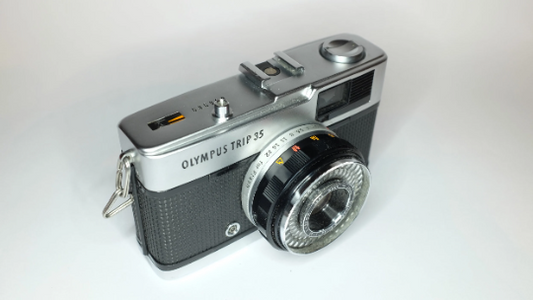
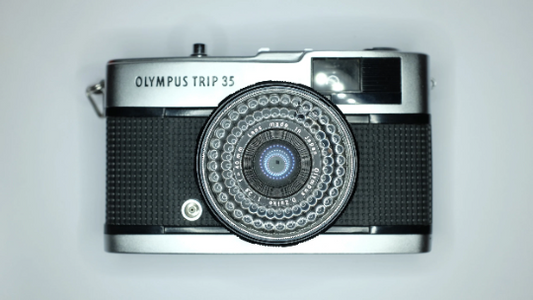 Sold out
Sold outOlympus Trip 35 camera
Regular price $235.00 AUDRegular priceUnit price per -
Canon AE-1 Program SLR camera - silver or black
Regular price From $525.00 AUDRegular priceUnit price per -
Flash Fujica compact film camera with user manual
Regular price From $245.00 AUDRegular priceUnit price per -
Canon AF35ML film camera
Regular price $325.00 AUDRegular priceUnit price per -
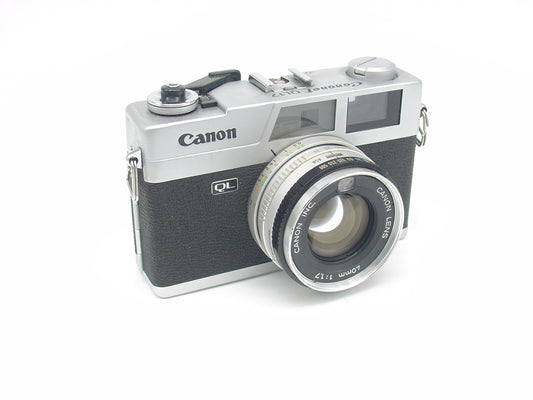
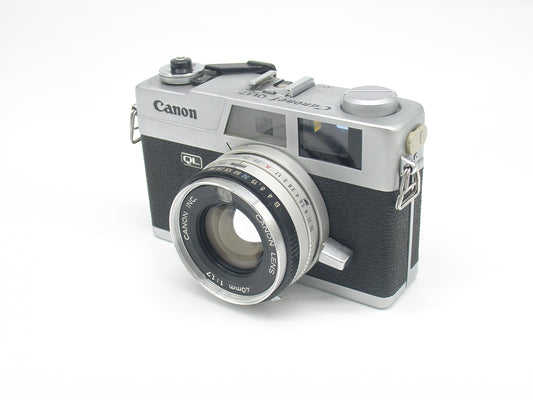 Sold out
Sold outCanonet QL17 rangefinder camera
Regular price $295.00 AUDRegular priceUnit price per -
Olympus IZM220 Zoom film camera
Regular price $195.00 AUDRegular priceUnit price per -
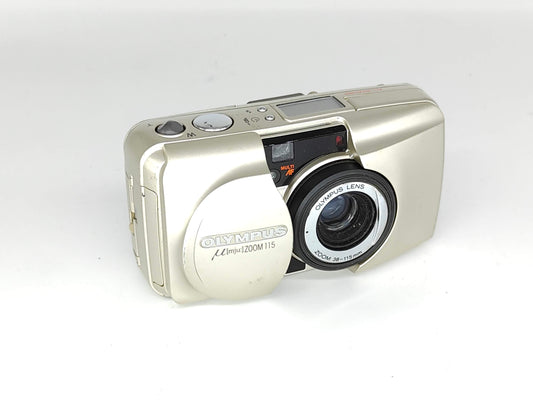
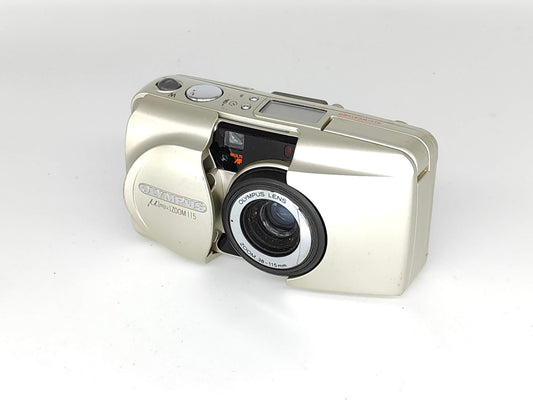 Sold out
Sold outOlympus Mju Zoom 115 film camera
Regular price $325.00 AUDRegular priceUnit price per -
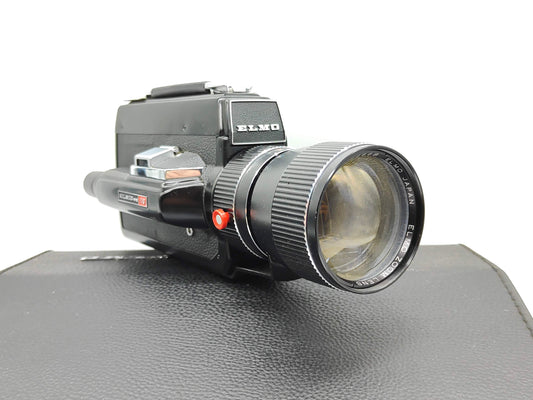
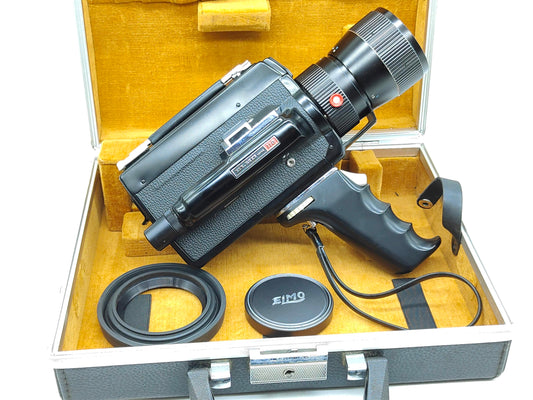 Sold out
Sold outElmo Super 110 Super-8 movie camera
Regular price $495.00 AUDRegular priceUnit price per













